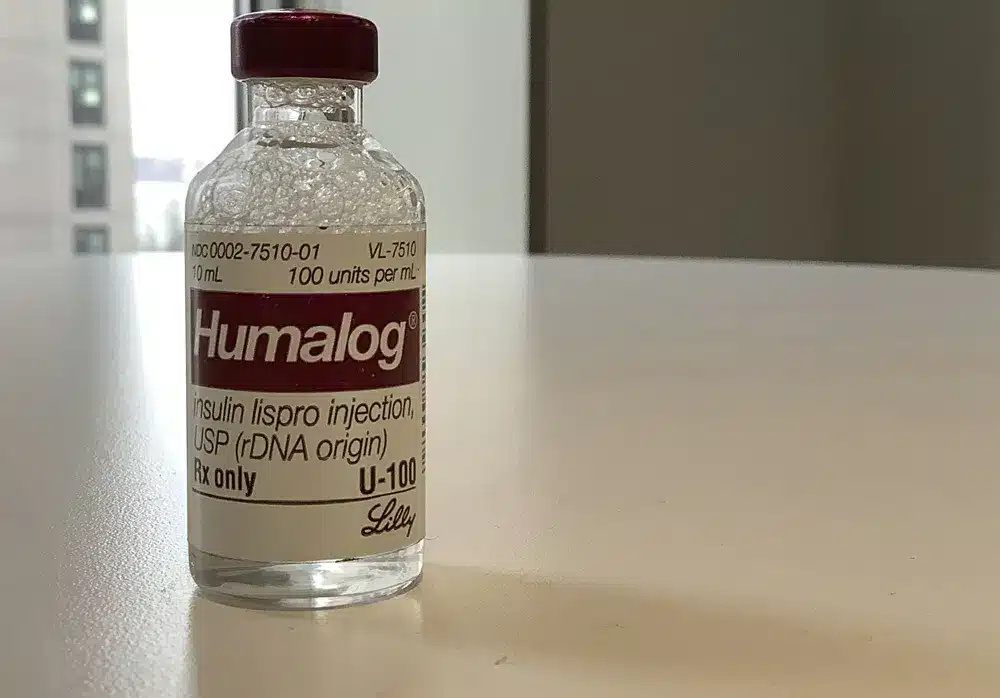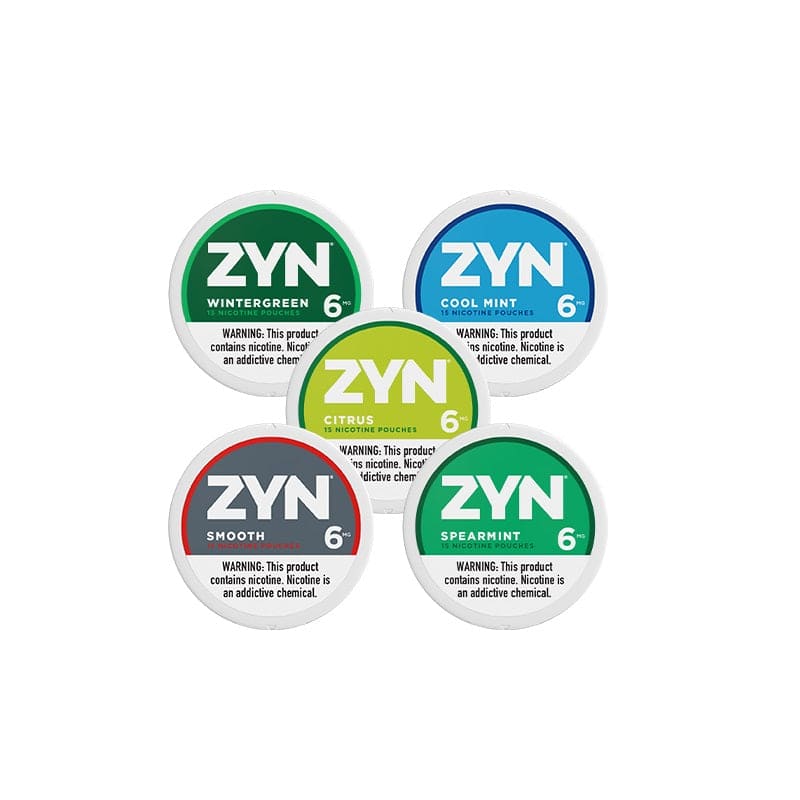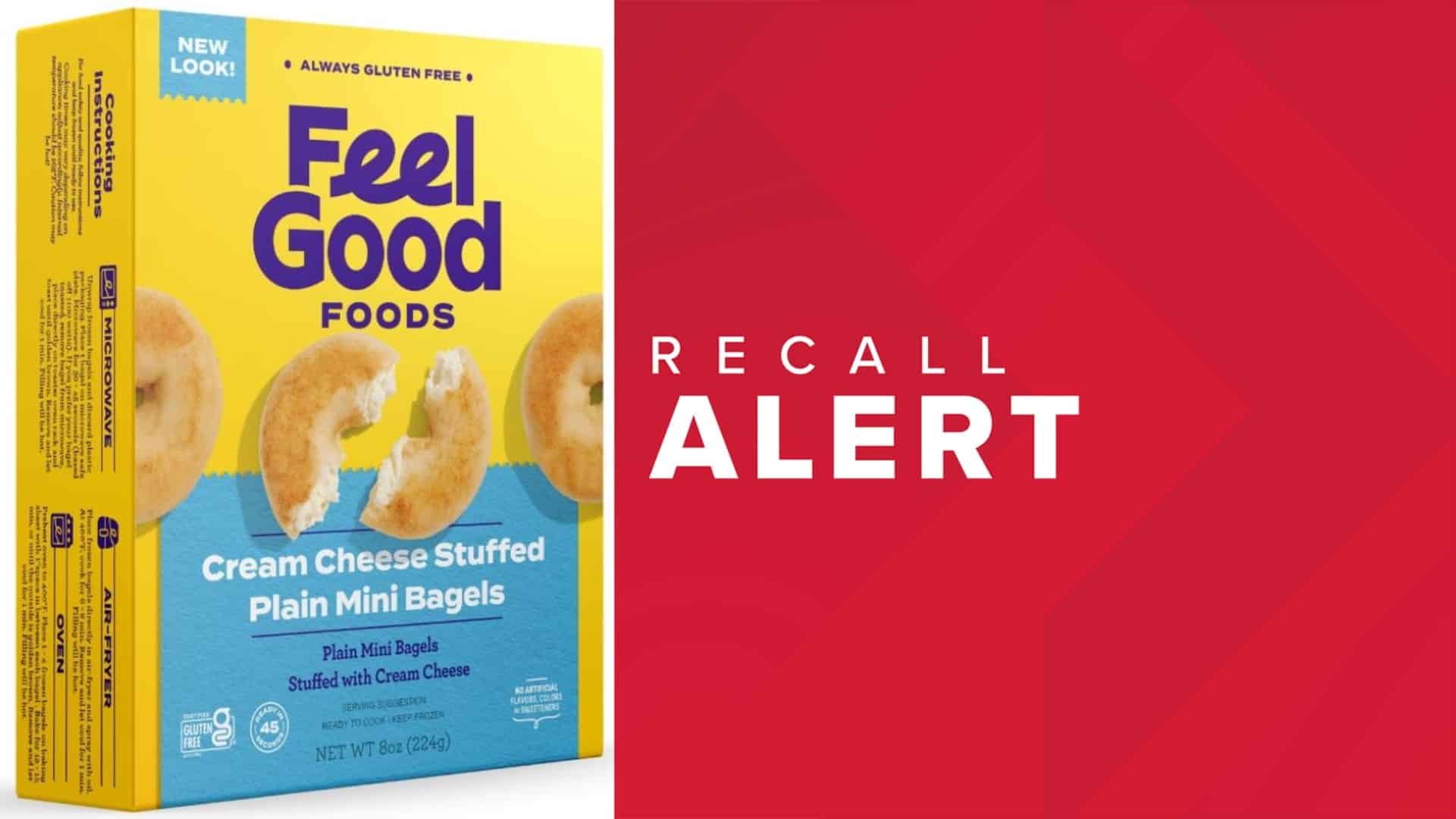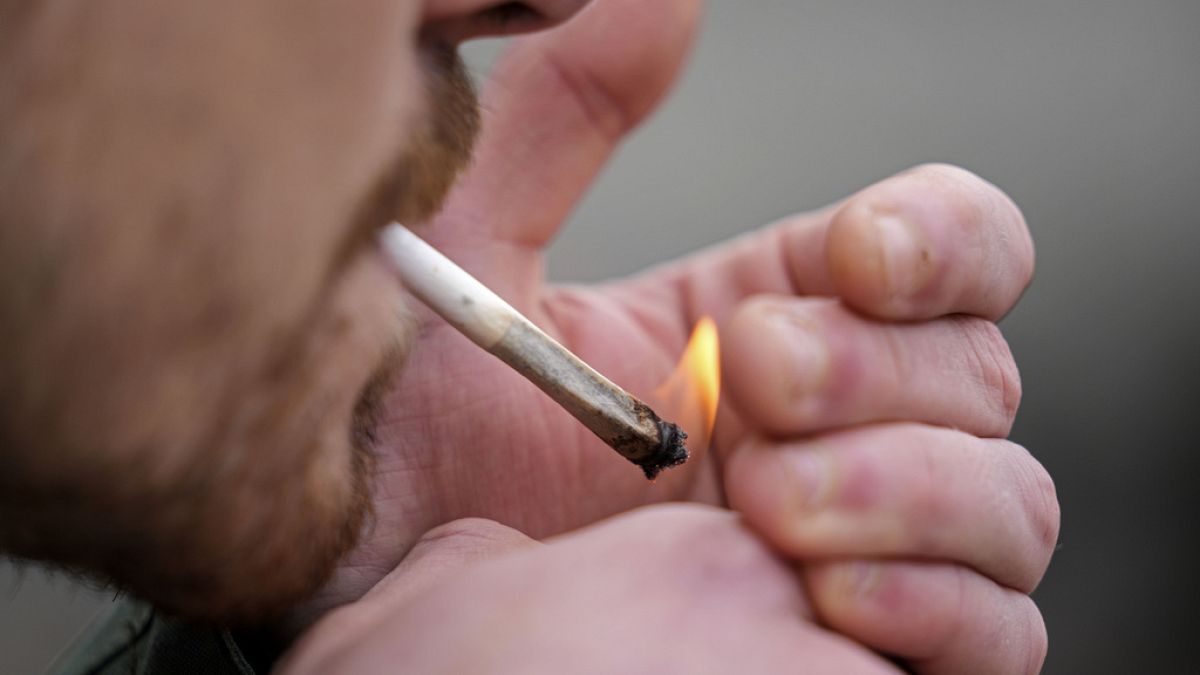Health
Lilly Plans To Cut Some Insulin Prices $44, Expand Cost Cap

Eli Lilly will reduce the price of some older insulins later this year and provide more patients with immediate access to a cap on the costs they pay to fill prescriptions.
The actions announced on Wednesday provide critical relief to some people with diabetes who can face annual costs of thousands of dollars for the insulin they require to live. Lilly’s changes come as lawmakers and patient advocates pressure drugmakers to address rising prices.
Lilly said it would reduce list prices for Humalog, its most commonly prescribed insulin, and Humulin, another insulin, by 70% or more in the fourth quarter, which begins in October.
List prices are what a drugmaker initially establishes for a product and what people without insurance or with high deductible plans are sometimes forced to pay.
According to a Lilly spokesperson, the current list price for a 10-mL vial of the fast-acting, mealtime insulin Humalog is $274.70. This will be reduced to $66.40.
Similarly, she stated that the same amount of Humulin is currently listed at $148.70. That will now be $44.61.
According to Lilly CEO David Ricks, the company is making these changes to address issues that affect the price patients ultimately pay for its insulins.
Lilly Humulin is currently listed at $148.70. That will now be $44.61
He noted that discounts Lilly offers from its list prices often only reach patients through insurers or pharmacy benefit managers. High-deductible coverage can result in large bills at the pharmacy counter, especially at the beginning of the year when deductibles renew.
“We know the current healthcare system in the United States has gaps,” he said. “This makes a difficult disease like diabetes even more difficult to manage.”
Patient advocates have long advocated for insulin price reductions to assist uninsured individuals unaffected by price caps tied to insurance coverage.
Lilly’s planned price cuts “could provide some substantial price relief,” according to Stacie Dusetzina, a Vanderbilt University health policy professor who studies drug costs.
She noted that the changes are unlikely to have a significant financial impact on Lilly because the insulins are older, and some are already competitive.
Lilly also announced on Wednesday that the price of its authorized generic version of Humalog would be reduced to $25 per vial beginning in May.
Lilly will also launch biosimilar insulin in April to compete with Sanofi’s Lantus.
Ricks stated that because insurers and the pharmacy system will take time to implement the price cuts, the drugmaker will immediately cap monthly out-of-pocket costs for people not covered by Medicare’s prescription drug program at $35.
According to the drugmaker, the cap applies to people with commercial insurance and at most retail pharmacies.
People without insurance, according to Lilly, can find savings cards for the same amount of insulin on its InsulinAffordability.com website.
In January, the federal government began applying that cap to patients with Medicare coverage, which is available to people 65 and older and those with certain disabilities or illnesses.
Last month, President Joe Biden mentioned the cost cap in his annual State of the Union address. He proposed capping insulin costs at $35 for everyone.
Lilly responded to Biden’s call, according to a statement released on Wednesday.
“It’s a big deal, and other manufacturers should follow,” Biden said.
He also stated that Americans have faced “far too long” and much higher drug costs than people in other countries.
Aside from Eli Lilly and the French pharmaceutical company Sanofi, Novo Nordisk is another insulin manufacturer.
Sanofi and Novo Nordisk representatives said their companies offer a variety of programs that help people with and without insurance save money.
The pancreas produces insulin, which the body uses to convert food into energy. Diabetes patients do not produce enough insulin.
To survive, people with Type 1 diabetes must take insulin every day. According to the American Diabetes Association, more than 8 million Americans use insulin.
According to research, insulin prices have more than tripled in the last two decades. Pharmaceutical companies are under increasing pressure to assist patients.
Lilly is trying to get ahead of the issue and appear to the public as the good guy,
California has stated that it intends to investigate the possibility of producing cheaper insulin. Drugmakers also may face competition from companies like the nonprofit Civica, which plans to produce three insulins at a recommended price of at most $30 a vial, a spokeswoman said.
Drugmakers may see “the writing on the wall that high prices can’t last forever,” according to Larry Levitt, executive vice president of the Kaiser Family Foundation, a nonprofit that studies health care.
“Lilly is trying to get ahead of the issue and appear to the public as the good guy,” Levitt said, adding that nothing prevents Lilly from raising prices again.
According to Lilly officials, they have not raised the prices of any of their insulins since 2017.
Lilly CEO Ricks stated that Wednesday’s changes were made “because it’s time and the right thing to do.”
In 1923, two years after University of Toronto scientists discovered insulin, Indianapolis-based Eli Lilly and Company became the first company to commercialize it. The drugmaker then built its reputation on insulin production, even as it expanded into cancer treatments, antipsychotics, and other medications.
Last year, Lilly earned more than $3 billion in revenue from Humulin, Humalog, and it’s authorized generic. The previous year, they made more than $3.5 billion.
“These are treatments that have a long and successful history and should be less expensive for patients,” Dusetzina said.
SOURCE – (AP)
Health
Zyn Nicotine Pouches Are Flying Off Shelves. Critics Say They’re Dangerous For Kids

Move over, vapes; Americans appear to have a new addiction: Zyn, a tobacco-free nicotine pouch product that has seen a surge in sales over the last year. Philip Morris International stated on Thursday that it would export around 350 million cans of Zyn in 2023, representing a 62% increase over the previous year. Shipments usually correlate with sales, even if they are a slightly different indicator of demand.
Growth is projected to continue this year, with the business aiming to supply more than 520 million cans, strengthening Marlboro’s full-year estimate.
Zyn Nicotine Pouches Are Flying Off Shelves. Critics Say They’re Dangerous For Kids
Zyn has been a cultural hit over the last year, capturing the attention of Gen-Z consumers who have become devoted customers. According to Zyn’s website, it is intended for adults over the age of 21 who are already nicotine users.
“We follow the law and voluntarily do more than the regulations require,” a company spokeswoman said. “For example, we age-gate our digital channels to people over the age of 21 and do not use social media influencers in the United States. Aside from that, we frequently request the removal of inappropriate internet information.”
A can of Zyn costs around $5 and contains roughly 15 pouches (in a range of flavours) with varying quantities of nicotine that are absorbed in a person’s gum and lip over an hour before being spat out. According to the US Centres for Disease Control and Prevention, nicotine is highly addictive and can impair young people’s developing brains.
yn Nicotine Pouches Are Flying Off Shelves. Critics Say They’re Dangerous For Kids
However, like Juul, the popularity and growth of Zyn may need help, particularly from the US authorities.
By law, anyone who manufactures or distributes “non-tobacco nicotine” must follow FDA laws, which include:
- Not selling to anyone under the age of 21.
- Not giving away samples.
- Not making claims that their products are less harmful than cigarettes without FDA approval.
Last month, Senate Majority Leader Chuck Schumer called on the Federal Trade Commission and the Food and Drug Administration to investigate Zyn’s marketing to young people.
“I’m delivering a warning to parents, because these nicotine pouches seem to lock their sights on young kids—teenagers, and even lower—and then use the social media to hook them,” Schumer stated at the time of the press conference. “Zyn is the next battle.”
In response, a Phillip Morris International spokeswoman stated that Zyn’s “marketing and advertising are strictly directed” to clients 21 and older and that the materials only include people aged 35 and up.
Phillip Morris International’s shares fell 2% in early trading despite the gain due to weaker cigarette demand. Big Tobacco has steadily turned its focus away from cigarettes and towards smokeless alternatives such as vapes or “heatsticks” for people to obtain their nicotine fix.
Phillip Morris International purchased Zyn-maker Swedish Match in 2022 to support the company’s shift towards investing in additional “smoke-free products.”
Zyn Nicotine Pouches Are Flying Off Shelves. Critics Say They’re Dangerous For Kids
According to the earnings statement, CEO Jacek Olczak stated that newer products now account for 40% of total revenue, surpassing the traditional Marlboro brand in sales.
“The fourth quarter also marked the first anniversary of our combination with Swedish Match, which delivered very strong results in 2023 driven by the stellar US performance of Zyn,” according to Olczak.
The business stated that it will invest approximately $1 billion this year to increase Zyn manufacturing in the United States in response to demand.
SOURCE – (CNN)
Health
Feel Good Foods Recalls Gluten-Free Bagels Over Gluten

The United States Food and Drug Administration has issued an active recall for gluten-free bagels sold nationwide. The recalled gluten-free stuffed tiny bagels were offered in frozen sections of supermarkets across the country.
Feel Good Foods recalls two gluten-free frozen bagel products: Plain and Everything flavored Cream Cheese Stuffed Mini Bagels. The printed UPC numbers for these products are 89903900283 and 89903900286, respectively.
The recalled bagels have “best by” dates ranging from 5/29/24 to 9/17/25; therefore, check your freezer as soon as possible for these affected items. This recall does not affect any other Feel Good Foods products. After receiving one consumer report of an “adverse reaction to gluten” after eating the stuffed tiny bagels, the business announced the recall.
If you have one of the recalled goods and are allergic or sensitive to gluten, diet, or wheat, dispose of it immediately or return it to the place of purchase for a refund.
People who are allergic or intolerant to wheat or gluten may experience a severe allergic reaction after eating one of these possibly contaminated breakfast foods, including anaphylaxis.2 An allergic response can be fatal, and symptoms include hives, nausea or vomiting, abdominal pain, diarrhea, and, in severe cases, throat tightness and difficulty breathing.
If you have an adverse response after consuming an impacted product of gluten-free bagels, Google Gluten Free Bagel Near Me or call 911 immediately.
For additional information on this recall, please contact Feel Good Foods’ Customer Care Center at [email protected] or call 1-800-638-8949 between 9 a.m. and 5 p.m. EST daily.
EatingWell only uses high-quality sources, including peer-reviewed studies, to back up the data in our articles. Read our editorial process to see how we fact-check and ensure our material is accurate, dependable, and trustworthy.
Gluten-Free Bagels and Managing Gluten Allergy
Gluten-free diets have become more than just a health trend. For many, they are a necessity due to gluten allergies or celiac disease. If you’re new to the gluten-free lifestyle or looking to understand how to effectively manage a gluten allergy, you’ve come to the right place. Let’s dive into what gluten-free food entails and how it can lead to a healthier, happier lifestyle.
What Exactly is Gluten?
Gluten is a protein in wheat, barley, rye, and triticale. It acts as a glue that helps foods maintain their shape. Sounds harmless, right? However, for those with gluten allergies or celiac disease, gluten can trigger serious health issues.
Identifying Gluten-Free Foods
Transitioning to a gluten-free diet? Begin with naturally gluten-free foods:
- Fruits and Vegetables: Packed with nutrients and naturally free from gluten.
- Whole Grains: Choose quinoa, rice, or buckwheat. To avoid cross-contamination, check that they are labeled as gluten-free.
- Proteins: Beef, chicken, fish, and legumes are great for protein intake and are naturally gluten-free.
- Dairy Products: Most are gluten-free, but always check the labels for additives that might contain gluten.
Gluten-Free Grains – A Closer Look
Not all grains are off-limits. Many grains are naturally gluten-free and offer a variety of health benefits. Here are some you might include in your diet:
- Quinoa and Amaranth: High in protein and fiber, perfect for salads or as a side dish.
- Millet and Sorghum: Excellent for making gluten-free bread or cereal.
- Teff: Ideal for baking, packed with calcium, iron, and protein.
Cooking and Baking Without Gluten
Are you wondering how to cook or bake without gluten? It’s simpler than you think. Start by substituting gluten-containing flour with rice, coconut, or almond flour. These alternatives avoid gluten and add a unique flavor and texture to your dishes.
Shopping Tips for Gluten-Free Diets
Navigating the grocery store on a gluten-free diet can be a challenge. Here’s how to make it easier:
- Read Labels Carefully: Look for the gluten-free certification on the packaging.
- Beware of Cross-Contamination: Products like oats often share facilities with gluten-containing grains and may be unsafe.
- Explore Gluten-Free Sections: Most stores now have dedicated sections with gluten-free products.
Conclusion
Adopting a gluten-free lifestyle can seem daunting, but it’s manageable with the right knowledge and tools. By understanding which foods to embrace and which to avoid, you can ensure a nutritious diet that caters to your health needs. Remember, going gluten-free doesn’t mean compromising on taste or variety in your diet!
Keywords: homemade gluten-free bagels, gluten-free sourdough bagels, recipe for gluten-free bagels, vegan gluten-free bagels
Health
Germans Celebrate As Recreational Cannabis Use Becomes Legal

Crowds gathered in Germany overnight to celebrate the legalization of cannabis, which begins on Monday.
There was music and dancing at the Brandenburg Gate in central Berlin as many waved placards and blew smoke into the air.
Germans Celebrate As Recreational Cannabis Use Becomes Legal
One guy was seen cycling through the crowd, carrying a big cannabis leaf artwork on a trailer behind their bike, while another ceremoniously rolled a joint in front of news cameras.
Following a contentious national discussion about the benefits and drawbacks of making cannabis more accessible, Germany’s lower house of parliament decided last month to legalize it for restricted recreational use.
Karl Lauterbach, the health minister, praised the move in an X post on Monday.
“Weed use was already present yesterday, but it is increasing. “Now it’s out of the taboo zone,” he wrote.
“This is better for real addiction help, prevention for children and young people and for combating the black market, for which there will soon be an alternative.”
The new restrictions allow adults to carry tiny amounts for personal use, but the substance remains illegal for people under 18.
Germans Celebrate As Recreational Cannabis Use Becomes Legal
Under new regulations proposed by Germany’s ruling coalition party, adults can cultivate up to three plants for private use. Beginning April 1, the limit is 50g at home and 25g in public.
From July 1, cannabis will be offered in approved not-for-profit clubs with no more than 500 members, all of whom must be adults. Only club members would be able to consume their output.
The German government stated that cannabis would remain illegal for kids and severely restricted for young adults and that consuming the substance near schools and playgrounds would be prohibited.
Germany becomes the third country in Europe to legalize cannabis for recreational use, following Malta and Luxembourg, and removes it from the official list of illegal narcotics.
Germans Celebrate As Recreational Cannabis Use Becomes Legal
The Netherlands prohibits drug possession, but some towns allow them to be sold at coffee shops as part of its so-called toleration policy.
Other countries, such as Australia and the United States, have differing local restrictions.
SOURCE – (CNN)
-
News5 months ago
Death Toll From Flooding In Somalia Climbs To Nearly 100
-
Business5 months ago
Google Will Start Deleting ‘Inactive’ Accounts In December. Here’s What You Need To Know
-
Entertainment5 months ago
Merriam-Webster’s 2023 Word Of The Year Is ‘Authentic’
-
Sports5 months ago
Panthers Fire Frank Reich In His First Season With Team Off To NFL-Worst 1-10 Record
-
Celebrity5 months ago
Elon Musk Visits Destroyed Kibbutz and Meets Netanyahu in Wake of Antisemitic Post
-
Celebrity5 months ago
Shane MacGowan, Lead Singer Of The Pogues And A Laureate Of Booze And Beauty, Dies At Age 65

















































